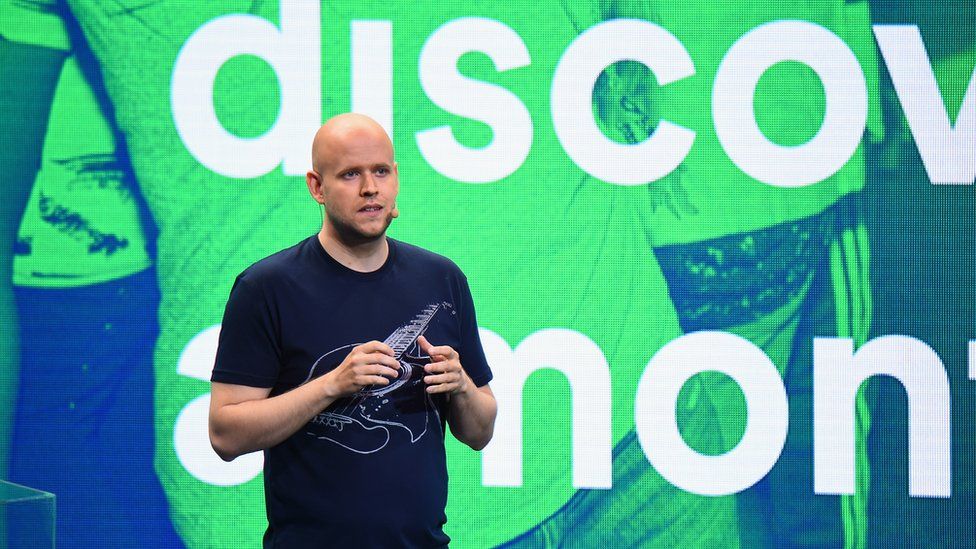
GNT #034: How to validate your idea (and avoid wasted time & money)
Sep 07, 2023Read time: 3 minutes
Entrepreneurs are passionate about their ideas.
But that enthusiasm can sometimes lead to costly missteps.
The key is not just having a great idea, but ensuring it's one that the market truly wants.
The secret?
Validating your idea before fully investing time and resources. Many overlook this step or don't quite grasp how to effectively do it.
Today, we’ll explore 3 simple and proven ways to validate your idea (and save time, money, and headache in the process).
Let's get to it.
1. Ask The Right Audience
Target Audience = individuals who potentially have a pain point that your product/service can solve.
Just because your friends or family applaud your idea doesn't mean the market will. It's critical to get feedback from potential users who would genuinely benefit from what you're offering.
Example: Dropbox
[image credit: Drew Houston]
Dropbox founder, Drew Houston, created a simple explainer video showing how Dropbox would work. He didn't have a fully developed product yet, but the video's positive feedback with tech enthusiasts gave him confidence to move forward.
How to effectively ask:
- Have in-person conversations and ask questions to understand your audience's purpose and what's preventing them from achieving it.
- Dig into those pain points. Will your product/service effectively solve them?
- Engage in communities, forums, or groups where your target audience hangs out, and introduce your idea. Not to sell, but to learn.
- Would your audience really pay? Ask, don't assume. "Would you pay for X if it helped you do Y?"
Financial foundation tip:
While gauging your audience's willingness to pay is crucial, it's equally important to run your overall cost analysis. Understand the price point at which your audience's willingness to pay matches your ability to produce the product/service profitably.
2. Understand the market in-depth
Market landscape = key players, trends, competition, and customer preferences, notable gaps
To stand out, you need to understand where everyone stands.
Example: Spotify

[image credit: bbc.com]
Before Spotify dominated music streaming, there were lots of players offering similar services. But Spotify's focus on in-depth understanding of the market allowed them to introduce curated playlists, effortless integration across devices, and a user-friendly interface that set them apart.
Dive deep into the research:
- Competitive analysis: identify both direct and indirect competitors. Understand their offerings, strengths, weaknesses, and customer feedback.
- Spot the trends: use tools like Google Trends, blogs to identify emerging patterns.
- Find the gaps: what's missing in the market? What do customers wish for but aren't getting? These are your potential opportunities.
Crowdfunding tip:
Platforms like Kickstarter and Indiegogo aren't just for funding. They can be powerful validation tools. If people pre-invest in your idea, it's a strong signal of market demand and can also offer a financial boost to get started.
Do the work, do the research, but know when it's time to move into...
3. Minimal viable product (MVP)
MVP = A basic version of your product/service designed to see if there's a genuine demand in the market.
Let this be your mantra.
Before developing a fully-fledged product, an MVP allows for testing, refining, and enhancing based on real user feedback.
Example: Airbnb

[image credit: Funders and Founders]
Airbnb started as a simple website listing a few air mattresses on their apartment floor. From this small test, they proved the concept and refined over time to the giant it is today.
How to implement an MVP:
- Develop a rudimentary version of your idea focusing on its core functionalities.
- Measure user interaction, gather feedback, and iterate.
- Don't strive for perfection. Focus on learning.
Legal consideration tip:
Before fully committing, ensure your idea doesn't infringe on any existing patents or trademarks. Legal oversights can be costly and disruptive.
Takeaway & action steps
Validating your idea is a safety net.
It will help ensure your idea's success, AND give you the confidence to make it a reality.
(Instead of merely contemplating the idea for years and never taking action.)
Your challenge this week:
- Reach out to 10 potential customers. Ask for their feedback on your idea.
- Sketch or outline an MVP. What's the simplest form of it that you can test?
- Identify 3 competitors. What are they not offering that your potential customers need?
Here's to turning potential into reality.
Until next week.
(p.s. Want to bounce your idea off me? Book a 1:1 worksession with me -- link below ↓).
Whenever you're ready, there are 3 ways I can help you:
1. Need some guidance? I'm here to help. It's easy to book time with me. Book a 1:1 worksession with me now.
2. Have a problem you want broken down into actionable steps to solve? Send it to me and I'll write about it.
3. Want short, but meaty tips on growth systems for profit, purpose, and life. Follow me on LinkedIn
Build purpose-driven growth and audience
Join other subscribers who get 1 actionable tip every Thursday morning.
I will never sell your information, for any reason.

